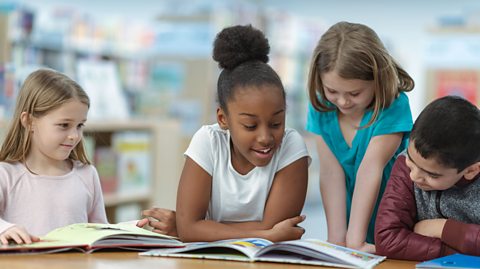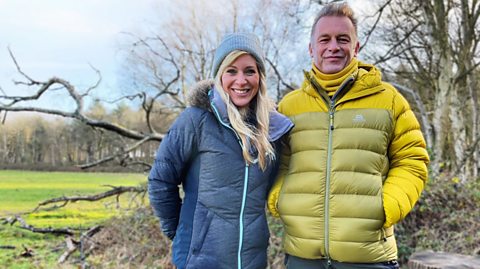
Following our 2023 Big Schools' Winterwatch Live Lesson, we took some of the most asked questions from classrooms across the UK and had the bird experts over at Winterwatch answer!
When we held our Big Schools' Winterwatch Live Lesson in early February, we were thrilled to receive so many questions for the team from schools across the UK.
Presenter Chris Packham answered as many of your questions as possible during the broadcast, but there were plenty of others sent in that we didn't have enough time to answer during the lesson.
Weãre delighted that the Winterwatch team have agreed to provide answers to a selection of your bird-related queries that didnãt make it to air this time around. Take a look below, is one of the questions from your school featured?

1. Are there any predators for the barn owl?
St. Mary's Catholic Primary, Newcastle-under-Lyme
Whilst predators like foxes would happily eat a barn owl, they would be unlikely to catch one unless it were sick or injured. Barn owls are unlikely to be taken by aerial predators either although not impossible for the likes of a goshawk!
The barn owlãs main threats however are man made, through loss of habitat for hunting and nesting and through road traffic collisions - it is thought that agricultural chemicals may also affect barn owl numbers.
2. How can owls see better than other creatures in the dark?
Oak View School, Romford
Owls eyes are very large and each eye is held in a rigid tube-like structure (so they canãt move their eye much and turn their whole head instead!).
This tube-like shape and large size of their eye helps to maximise the brightness and amount of image that reaches their eyeãs retina meaning they can see better in low light than many day flying species. The visual sensitivity of a tawny owl is about 100 times greater than that of a pigeon. They also rely heavily on their acute sense of hearing to hunt during the night.
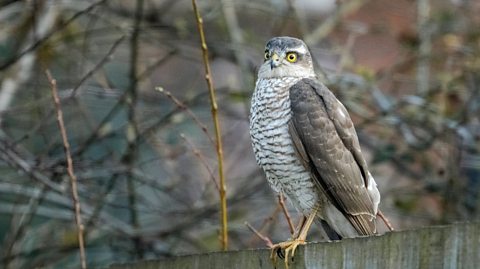
3. We have lots of amazing birds at our school, and very recently noticed a sparrowhawk. What can we do to make sure that it stays?
Friars Academy Special School, Wellingborough
A sparrowhawk is a bird of prey which mainly feeds on garden birds for which they are adapted to hunt in small spaces, so gardens full of other bird species are perfect for them!
They can only thrive where their prey is plentiful and has a healthy population, so by making the garden at school a good habitat for species of garden birds (e.g. through clean and stocked up bird feeders and bird baths, and wildlife friendly gardening) ô you are making a great environment for a sparrow hawk to regularly visit! But donãt worry the RSPB states that long term research has shown sparrowhawks have no or little impact on songbird populations and play vital roles in the ecosystem. An amazing bird!
4. What is the best way to attract birds to our school? We have a beautiful eco garden and bird feeders. Is there anything else we can do?
Saint Nicholas School, Harlow.
Wildlife friendly gardening is an amazing way to encourage birds to your schoolsã garden - for example invertebrates love areas of dead wood and ãmessyã areas of lawn, more insects means more food for many garden bird species.
Another top tip is to have a bird bath as garden birds need places to wash and drink. Keeping bird baths and feeders clean (once a week ideally) is also very important to keep the birds healthy. You can also put up nest boxes ready for the spring!

5. Why do birds have feathers?
Ashfield Primary School, West Yorkshire
All birds have evolved to have feathers and they have multiple purposes. Birds that are able to fly have larger stiff feathers on their wings and tail called flight feathers - these are essential to getting the bird airborne!ô The smaller feathers that cover a birds body called contour feathers are used to protect them from the elements - the wind, the cold and the sun as well as creating a streamlined shape for flying.
Underneath this there are down feathers which sit against the birdãs skin and are great for trapping warm air to keep them toasty in cold weather! Some birds use feathers for display purposes to attract a mate, whilst some use feathers for camouflage to hide from predators.
6. Do some birds have to make adaptations to their food chain in the winter months?
Chartham Primary School, Canterbury
Many birds migrate to and from the UK to other parts of the world with the changing seasons. Birds are driven to migrate due to the availability of resources - namely the availability of food and nesting sites.
Some travel short distances whilst others travel thousands of miles to and from the UK. Some examples include swiftãs arriving in the spring and an influx of geese and swan species in the Autumn.
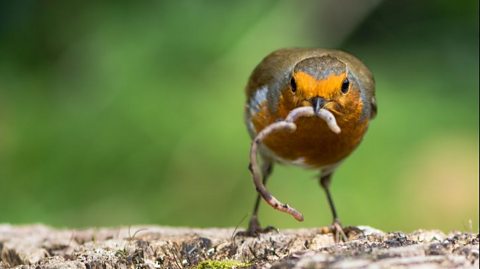
7. Do birds eat differently in the winter to the summer?
*Llancaeach School, South Wales *
Yes for many birds the food available will change with the seasons.
A good example of this is the blue tit which will eat caterpillars - a vital food source for their young in the spring, but these are only available for a short period.
In the summer other insects will be numerous and available whereas during the cold winter months when there is a lot less insect life around blue tits will be far more reliant on seeds and nuts.
8. Why do we have food chains?
Brocks Hill Primary School, Leicester
A food chain is the way in which plants and animals get their energy they need to survive. A food chain always starts with a ãproducerã which is an organism that makes its own food, usually this is a green plant as they can make their own food via photosynthesis. ãConsumersã eat other plants and animals to get their energy.
9. What piece of advice would you give to the next generation, to help wildlife and the environment the most?
Howard Junior School, Kings Lynn
One of the best things you can do is to learn as much about our wildlife and the environment as you can so that you can get involved in campaigning/volunteering/educating to protect it and can connect with others who love protecting the natural world as much as you.
Thank you to everyone who sent in questions. Our next Live Lessons celebrate World Book Day and British Science Week. We also have a guide for teachers who want to incorporate Live Lessons into their own classrooms.


Watch again: Big Schoolsã Winterwatch 2023 ã Live Lesson. video
Head behind the scenes at Winterwatch in this science lesson for 7-11 year-olds with special guest Chris Packham.

Teachersã tips for getting the best out of Live Lessons. document
We asked three well known teachers to give us their tips and advice on how to best use Live Lessons to support learning.
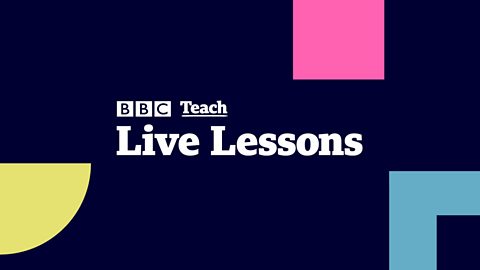
World Book Day 2023 ã Live Lesson: Thursday 2 March, 11:00. document
We'll be celebrating the joy of books, authors and reading for pleasure in a World Book Day lesson for 7-11 year-olds.
